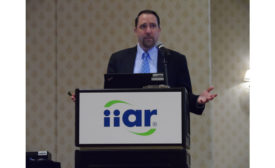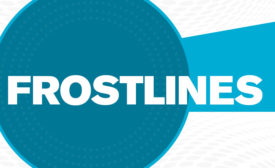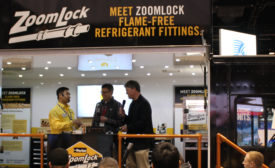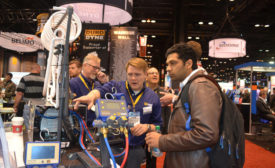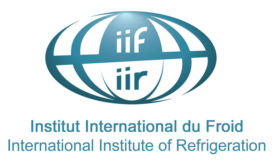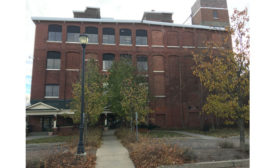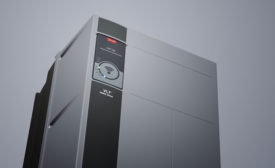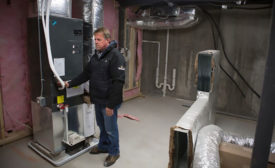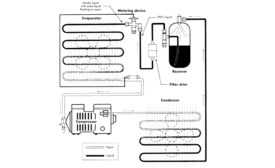Home » refrigeration systems
Articles Tagged with ''refrigeration systems''
Refrigeration and Climate Change: Test Your Knowledge
International Institute of Refrigeration quiz offers 10 challenging questions
February 7, 2018
Motors and Drives Updates in HVAC Market
The latest advances in motors and drives will excite even the most hardcore motorhead
Read More
Properly Applying the Touch Test
Understanding temperature relationships can provide a ‘first glance’ into system troubles
Read More
Compressor Overheating is One of the Most Serious Field Problems
Components in series mean many factors can play a role in compressor overheating
Read More
Copyright ©2024. All Rights Reserved BNP Media.
Design, CMS, Hosting & Web Development :: ePublishing
